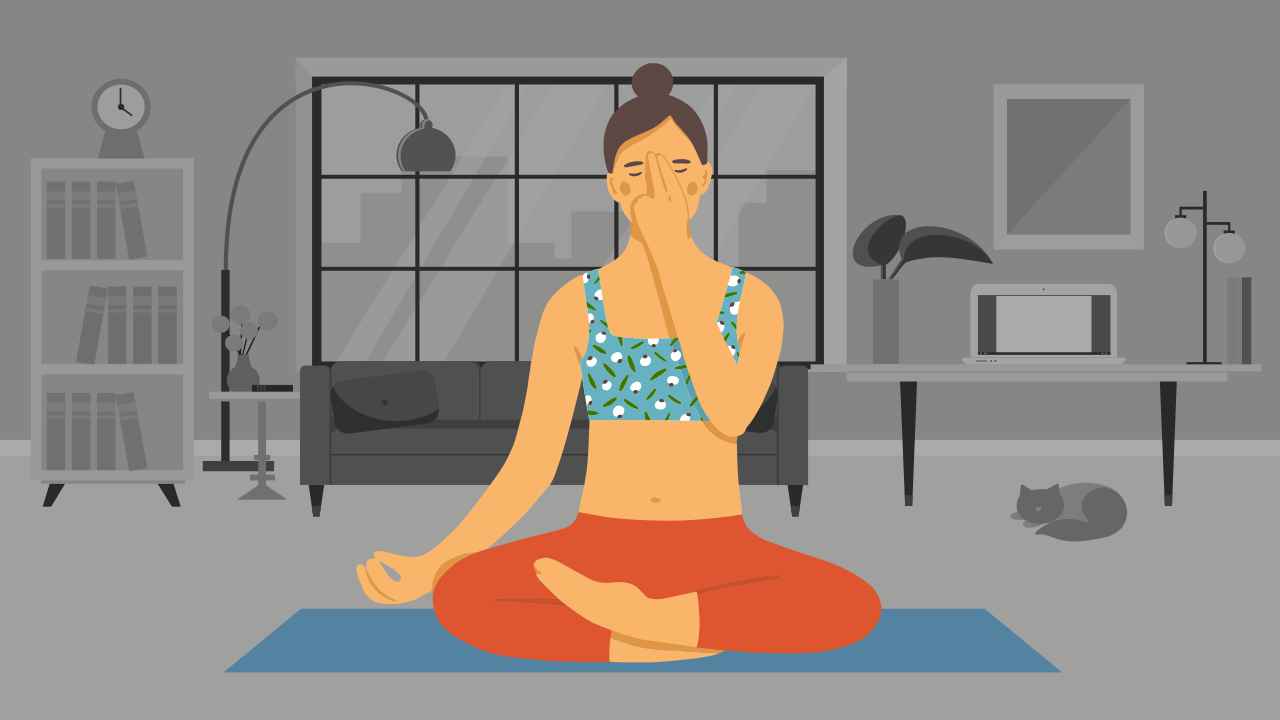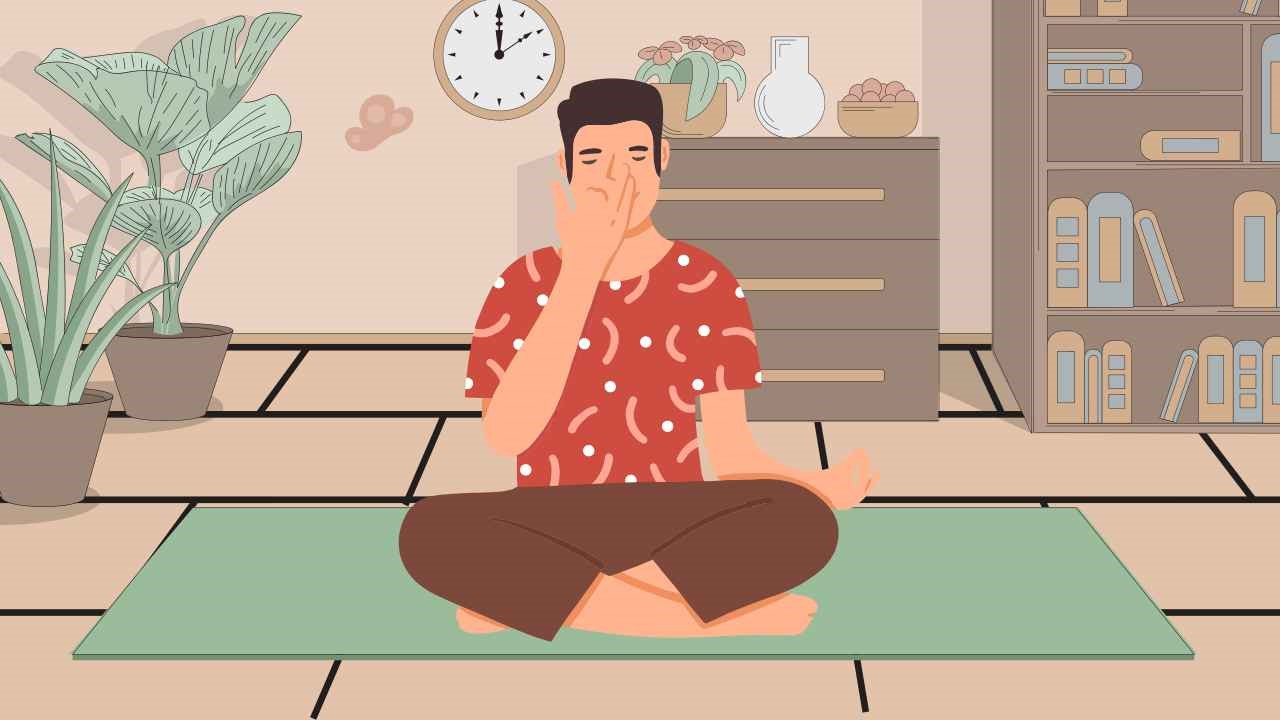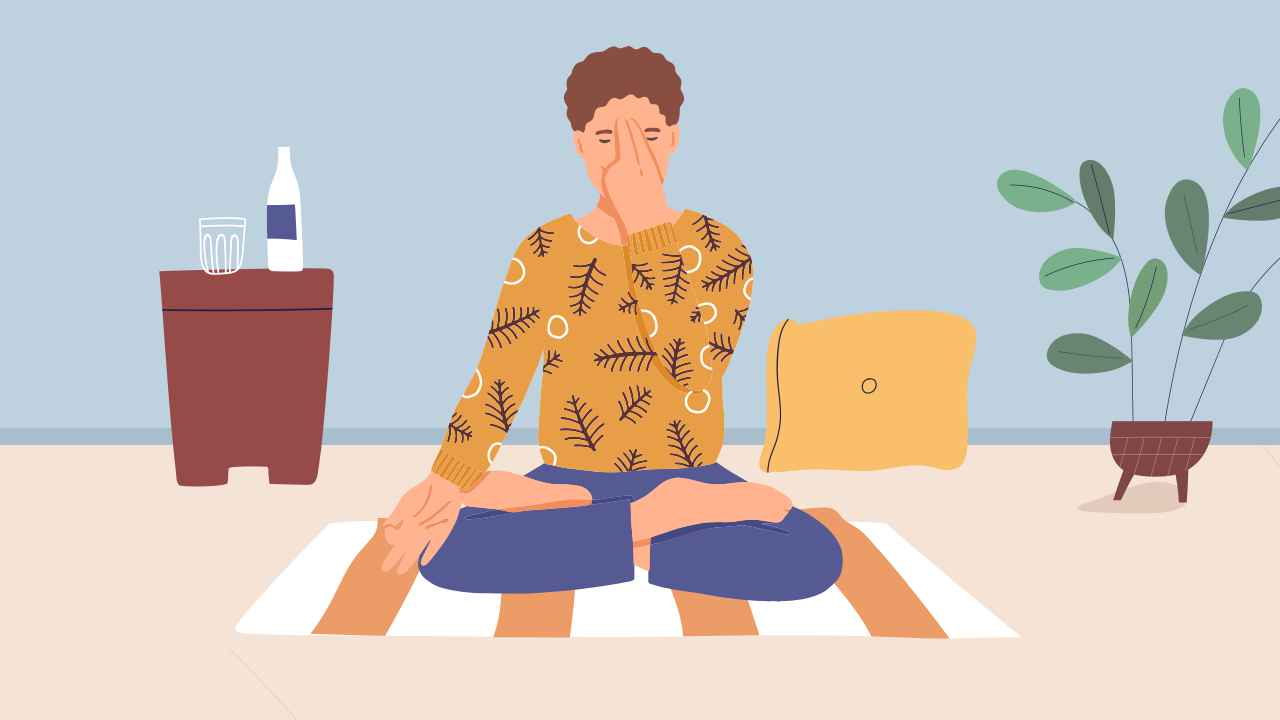
Yoga Props: A Beginner’s Guide to Safe Practice

Although BKS Iyengar is credited with introducing yoga props to the world of asanas, there’s enough evidence that using props such as towels, blankets or straps (yogapatta) is as ancient as the discipline itself. Today, we have specific and scientifically designed gear to aid the modern yoga community.
Why use a yoga prop?
Simply put, yoga props help you progress in your practice. Everyone approaches asanas with some personal goals in mind, either physical or spiritual. A yoga prop helps you move closer to it while developing strength, balance, and flexibility.
While everyone can do yoga, it’s important to remember that not all bodies are the same. The body of a beginner is not acclimatized to the intensive practice of stretching, bending, folding, and twisting in yoga asanas. Most joints and muscles aren’t open or mobile. For them, the yoga gear is invaluable and guarantees a gradual and safe transition practice of asanas.
It is well known that modifications sustain a safer practice. Modifying an asana with the help of props ensures that your practice develops a certain level of anatomical precision. They also establish a sense of comfort and steadiness in your practice.
Props also aid people who have certain health issues to perform poses that may be otherwise unavailable to them. For instance, using a Feetup™ can help you perform inversions without straining your neck and arms.
Different types of yoga props
1. Block

It is typically a 4-inch x 9-inch x 6-inch block. The dimensions can vary according to the specific need of the person. Yoga blocks are commonly made of foam, cork, or wood, and have various uses.
A yoga block is usually used to “lift the floor up” or as an extension of one’s arm. It provides support to the back, head, and hips, and stabilizes the core while performing flexibility or strengthening postures. Instability leads to poor alignment and can cause injury. Yoga blocks allow you to create balance and grounding within the pose and correct the alignment.
If you do not own yoga blocks, a couple of books, relatively of the same height, empty boxes, filled water bottles or even pillows may be used as a replacement.
2. Bolster

Yoga bolsters differ from traditional ones in their shape, size and filling. They come in rectangular, cylindrical, and lean shapes and the filling may vary from recron to buckwheat to a 30% recycled polyester fiber fill.
Bolsters are generally used in restorative practices such as Yin yoga, restorative yoga or integrated yoga therapy. They help create space within our body, release any muscular tension, and help us stay grounded in most postures.
Meditation bolsters or yoga bolsters can easily be replaced with a large pile of pillows, but if you practice daily, they are worth the investment.
3. Strap

Yoga straps can be used by yogis of all levels and are extremely important if you are working on your flexibility. They come in three lengths 6-inch, 8-inch, and 10-inch, usually made of hemp or cotton, and can be purchased depending on your utility. Yoga straps are primarily used by practitioners of Iyengar yoga, but can also be used for various restorative practices. Alternatively, you can use a belt, scarf, or a long piece of cloth for the same effect.
4. Wheel

The yoga wheel was first created and popularized by yogis Sri Dharma Mittra and his son Yoga Varuna, and is specially designed to work on the curvature of the back. It is commonly used for therapeutic purposes, is cylindrical, and has a wooden or cork base with a soft cushioning on the outside. Cheaper versions come in plastic and foam. The yoga wheel primarily comes in three basic sizes — large, medium, and small. Ideally, a large wheel provides a wider support and is used for deepening your stretches while practicing.
Also read: Yoga Props and How to Use Them Effectively
Who can use yoga props?
Most people see props as an aid or a type of a crutch — something on which your yoga practice depends. Now, that is quite far from the truth. The props can be used by anyone irrespective of their level of expertise, age, or medical conditions. It is important to tender to the needs and demands of your body to ensure a safe practice.
Yoga props or gears elevate the experience of asanas. They can be used in many ways, and provide your body with a safety net while ensuring optimal performance. Try one to find out for yourself!
References
1. Burgin T. How to Choose the Perfect Yoga Block. Yoga Basics. 2020; published online Sep 1. https://www.yogabasics.com/connect/yoga-blog/how-to-choose-the-perfect-yoga-block/ (accessed Nov 4, 2020).
2. Tools of the Trade: How Yoga Props can Benefit your Practice. Crofton Yoga. 2017; published online Feb 25. https://croftonyoga.com/tools-of-the-trade-how-yoga-props-can-benefit-your-practice/ (accessed Nov 4, 2020).
3. The Ultimate Guide to Yoga Bolsters. Yogamatters. 2018; published online Sep 10. https://blog.yogamatters.com/yogamatters-yoga-bolsters-guide/ (accessed Nov 4, 2020).
4. Yoga Strap. Yogapedia. https://www.yogapedia.com/definition/7175/yoga-strap (accessed Nov 4, 2020).
5. Yoga Straps: How to Use and Choose. YogaOutlet. 2015; published online Nov 8. https://www.yogaoutlet.com/blogs/guides/yoga-straps-how-to-use-and-choose (accessed Nov 4, 2020).
6. Yoga Wheel. Yogapedia. https://www.yogapedia.com/definition/9721/yoga-wheel (accessed Nov 4, 2020).
7. Powell S. The Ancient Yoga Strap. The Luminescent. https://www.theluminescent.org/2018/06/the-ancient-yoga-strap-yogapatta.html (accessed Nov 4, 2020).
8. Yoga Wheels: What’s the Deal & How to Use Them. The Journey Junkie. https://www.thejourneyjunkie.com/yoga-3/yoga-wheels-whats-the-deal-how-to-use-them/ (accessed Nov 4, 2020).
9. The 9 Absolute Best Yoga Wheels in 2021 (Review & Buying Guide). Freedom Genesis. https://freedomgenesis.com/best-yoga-wheel/ (accessed Nov 4, 2020).













